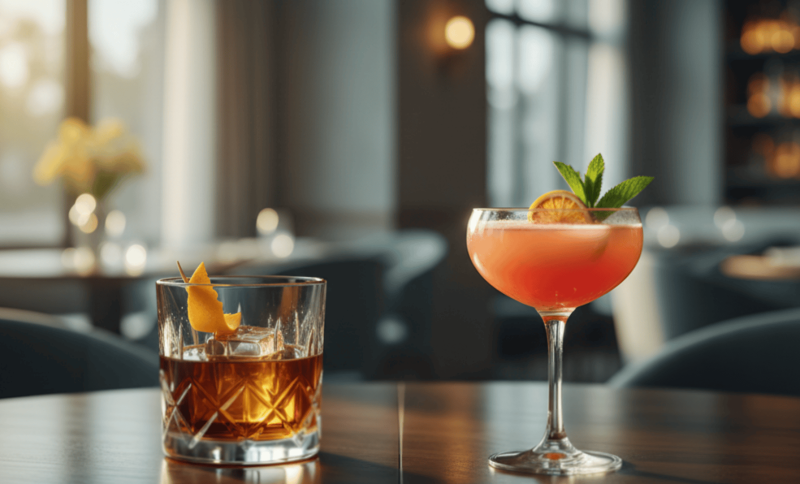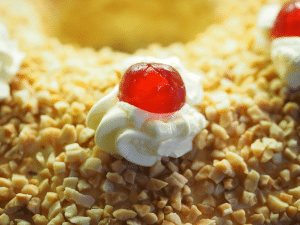Walk into any modern bar or restaurant, and you’ll notice something different on the menu. Next to the classic margaritas and martinis, there’s a whole section dedicated to drinks without alcohol, mocktails.
These aren’t your childhood Shirley Temples or plain orange juice. They’re well-crafted beverages that look and taste just as impressive as their alcoholic counterparts.
The rise of mocktails has created some confusion. Are they the same as virgin cocktails? What makes a mocktail different from a regular cocktail besides the alcohol?
And why are bartenders suddenly taking non-alcoholic drinks so seriously?
Understanding these differences matters whether you’re ordering at a bar, hosting a party, or just curious about drink culture. Let’s clear up the confusion.
Understanding Cocktails and Mocktails
Before we compare these drinks, let’s define what each one actually is. Both are mixed beverages with multiple ingredients, but they serve different purposes and use different building blocks.
What Is a Cocktail?
A cocktail is a mixed drink that includes alcoholic spirits like vodka, gin, rum, whiskey, or tequila, combined with other ingredients such as fruit juice, soda water, syrups, herbs, or bitters.
The alcohol is the star, while everything else supports and balances the flavors. Cocktails are all about balance; a good bartender carefully measures each ingredient to create something smooth and interesting.
Popular since the early 1800s, cocktails have become symbols of sophistication and celebration in bars worldwide.
What Is a Mocktail?
A mocktail combines “mock” and “cocktail” to describe a non-alcoholic mixed drink designed to feel just as special as a cocktail.
It’s not plain juice or soda, mocktails are carefully crafted with multiple ingredients, interesting flavors, and beautiful presentation.
Also called “zero-proof” or “spirit-free” cocktails, they let everyone enjoy delicious drinks regardless of why they don’t drink alcohol.
While mocktails existed during the 1800s temperance movement, today’s restaurants and bars take them seriously, creating entire menus that rival traditional cocktails.
Key Differences Between Cocktails and Mocktails
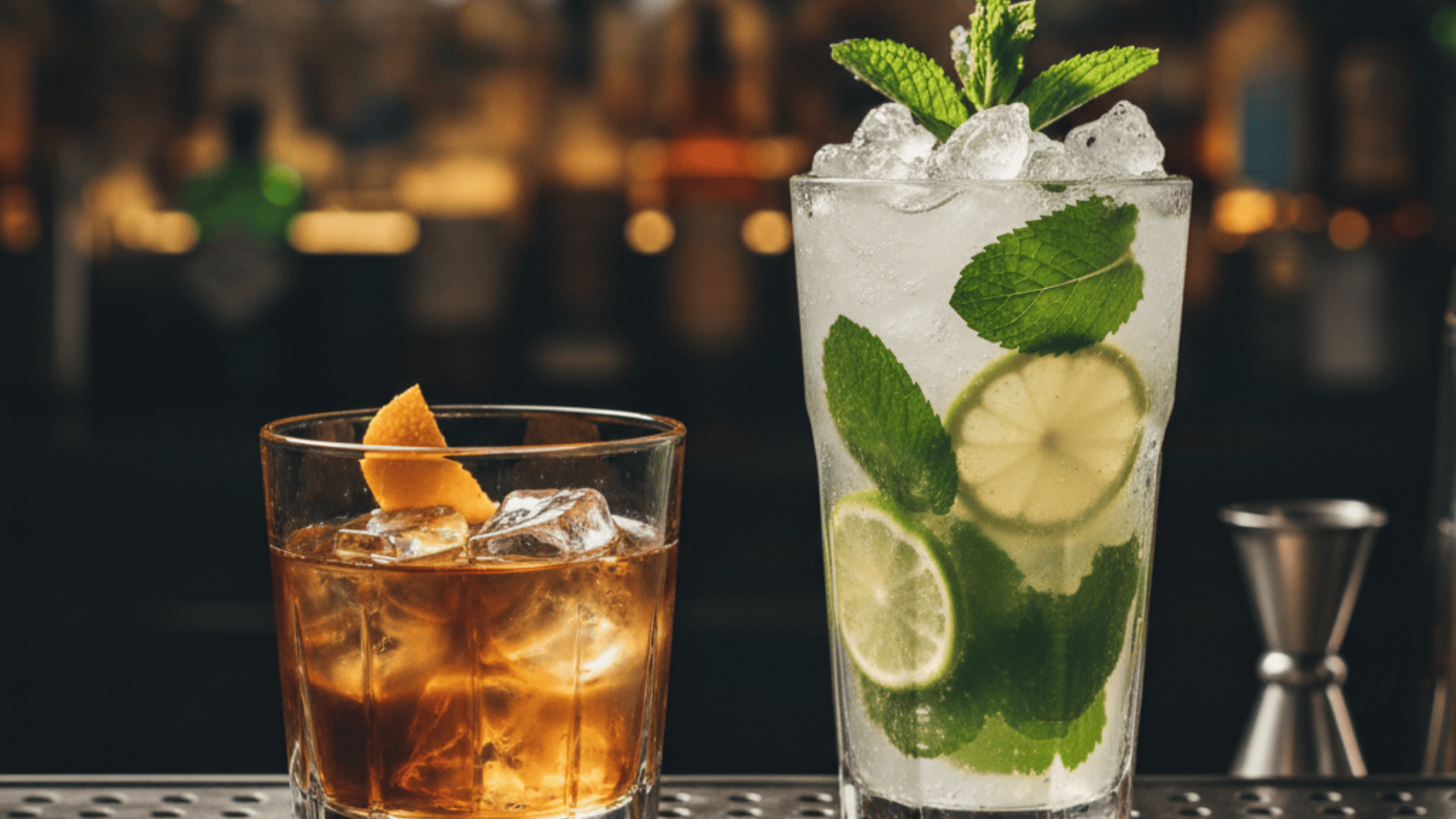
So besides the obvious difference (one has alcohol, one doesn’t), what really sets them apart?
| Aspect | Cocktails | Mocktails |
|---|---|---|
| Flavor Complexity | Alcohol provides depth, gin adds botanicals, whiskey brings smokiness, rum offers sweetness | Must use herbal infusions, special syrups, or non-alcoholic spirits to build complexity |
| Sweetness & Balance | Alcohol dulls sweetness slightly, creating a natural balance | Risk of being too sugary; needs careful balancing with citrus, bitters, and savory elements |
| Texture | Spirits add body, thickness, and that signature “warmth” | Uses syrups, creams, foamy egg whites, or carbonation to create an interesting mouthfeel |
| Health & Effects | Contains alcohol (causes intoxication, adds calories, potential hangovers) | No alcohol effects, but can still be high in sugar and calories from juices and syrups |
Are Mocktails and Virgin Cocktails the Same?
This is where things get confusing! A lot of people use these terms to mean the same thing, but technically, there’s a small difference.
A virgin cocktail usually means you take a famous cocktail recipe and simply remove the alcohol. For example, a regular Mojito has white rum, lime juice, sugar, mint, and soda water. A Virgin Mojito has everything except the rum.
A mocktail can be an original creation that’s not based on any specific alcoholic drink.
If you invent a drink called “Summer Sunset” with watermelon juice, lime, ginger, and sparkling water, that’s a mocktail; not a virgin version of anything.
When you remove alcohol from a cocktail recipe, you’re going to lose some flavor. This is why some people think virgin cocktails are “lesser” versions.
Mocktail culture is fighting against this idea! The goal is to create drinks that are amazing on their own terms.
How to Make Great Mocktails
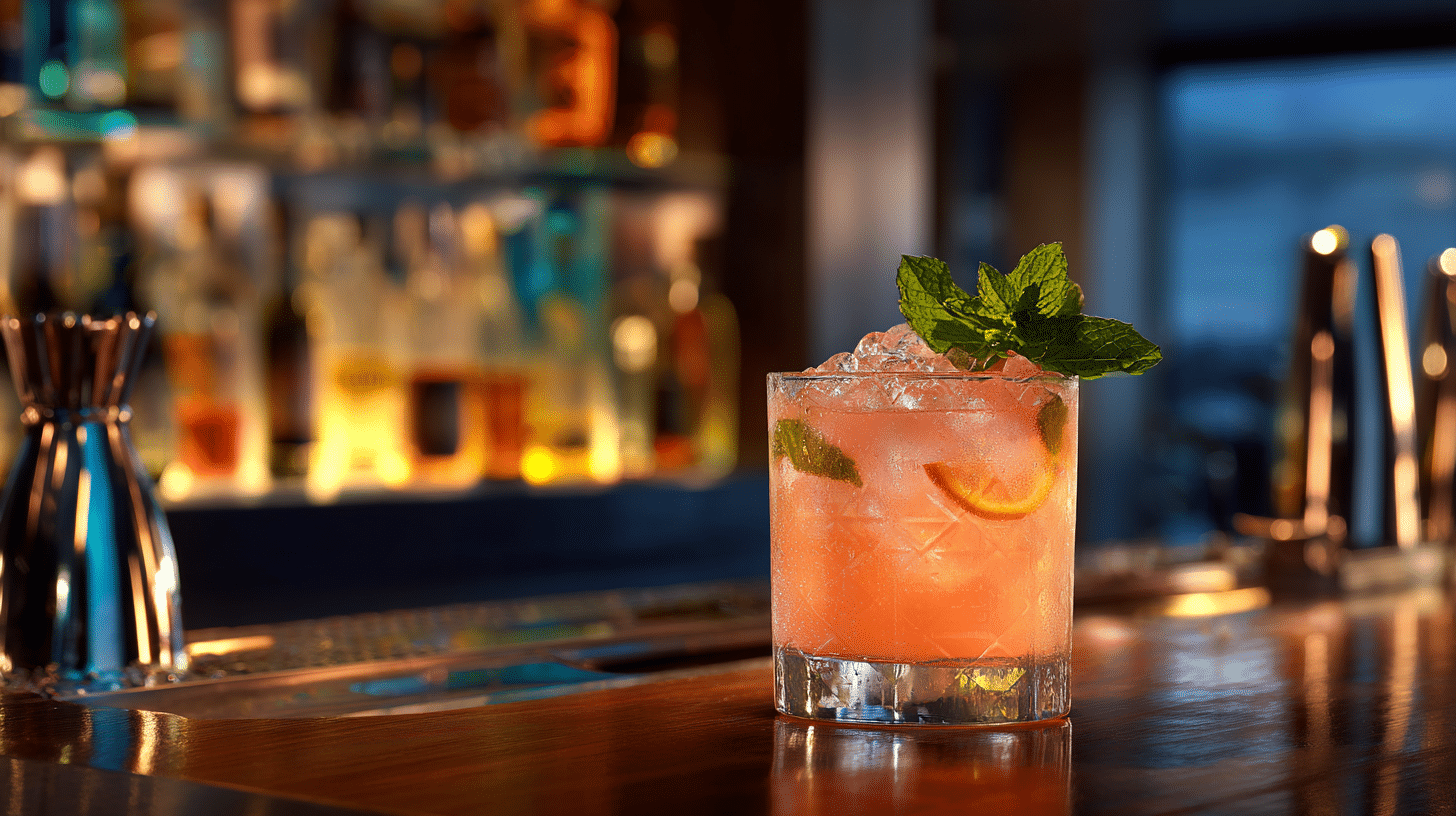
Making a great mocktail uses many of the same techniques as making cocktails. Understanding these methods will help you create drinks that taste professional and well-balanced.
Key Ingredients
Mocktail makers rely on several ingredient categories to build complex, balanced flavors:
| Ingredient Type | Examples |
|---|---|
| Juices & Purees | Orange, lemon, lime, grapefruit, berries, mango |
| Syrups | Simple syrup, vanilla, lavender, ginger, honey |
| Herbs & Spices | Mint, basil, rosemary, thyme, cinnamon, ginger |
| Carbonation | Soda water, tonic water, sparkling water, ginger ale |
| Bitters & Enhancers | Non-alcoholic bitters, vanilla extract, almond extract |
| Texture Elements | Cream, coconut milk, egg whites, aquafaba |
Essential Techniques
Several bartending techniques work beautifully for mocktails.
- Muddling means gently crushing herbs or fruit in the bottom of a glass to release their flavors and oils.
- Shaking a drink with ice chills it and mixes everything together smoothly.
- Stirring is gentler and works well for drinks that should stay clear.
- Infusing or steeping involves soaking herbs, spices, or fruit in water, juice, or syrup ahead of time to create intense flavors.
- Creating foams by shaking egg white or aquafaba vigorously adds a frothy, creamy top layer.
- Garnishing with fresh herbs, citrus wheels, or berries makes your mocktail look professional.
Flavor-Balancing Mindset
The secret to a great mocktail is balance. Think about these four main taste elements:
- Sweet (from fruit juices, syrups, or honey)
- Sour/Acidic (from citrus juice or vinegar)
- Bitter (from tonic water, tea, or bitters)
- Savory/Salty (from herbs, cucumber, or even a pinch of salt)
A good mocktail will have at least two or three of these elements working together. Too much of any one thing makes the drink boring or unpleasant.
Note: Pay attention to temperature and dilution. Ice doesn’t just make drinks cold. It also waters them down slightly, which can actually improve the flavor. A drink that tastes too intense when warm might be perfect once it’s chilled and diluted.
Simple Mocktail Recipes to Try
Ready to make your own? Here’s a basic template you can customize:
Citrus Mint Sparkler
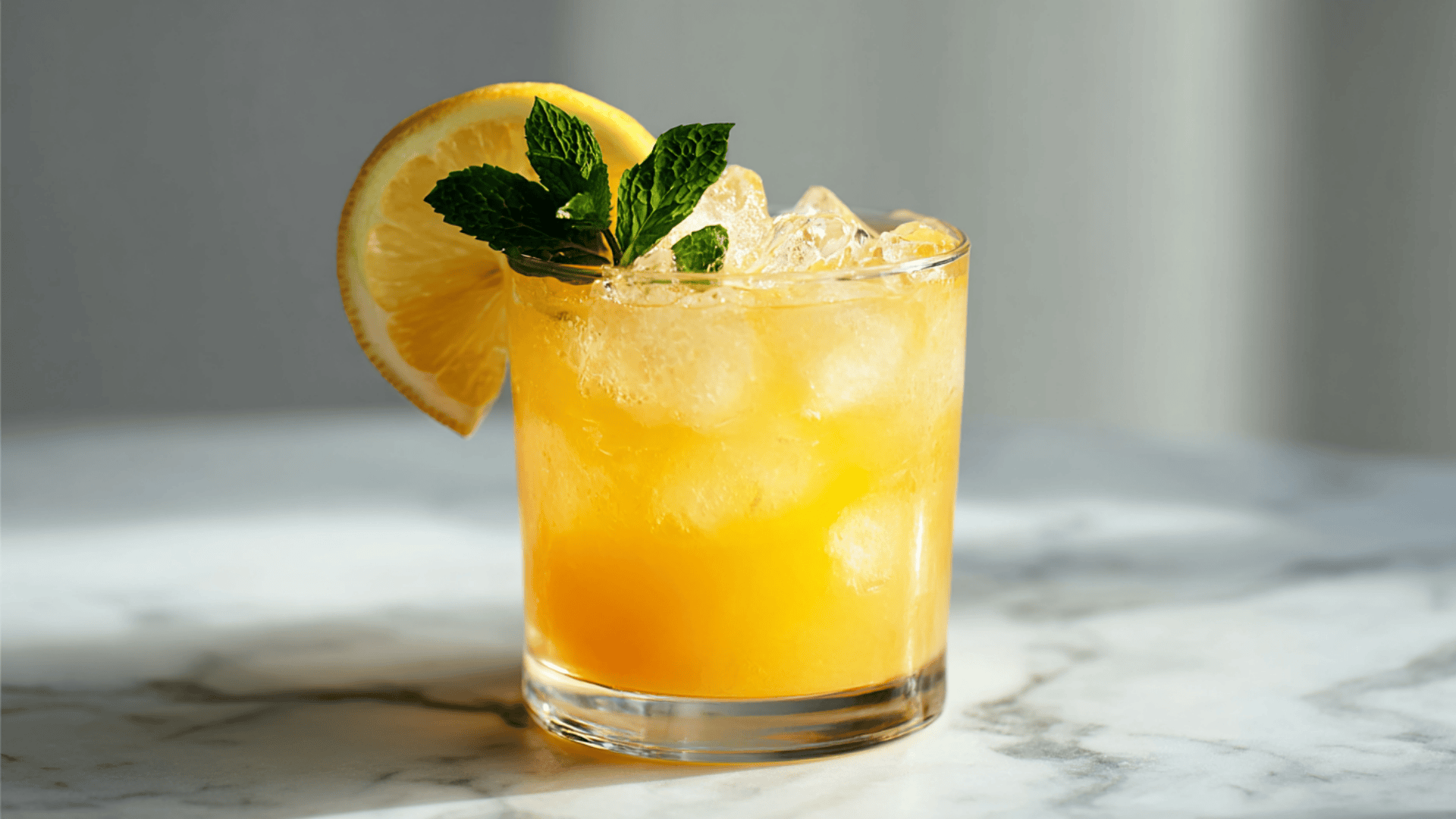
|
Quick Virgin Mojito Recipe
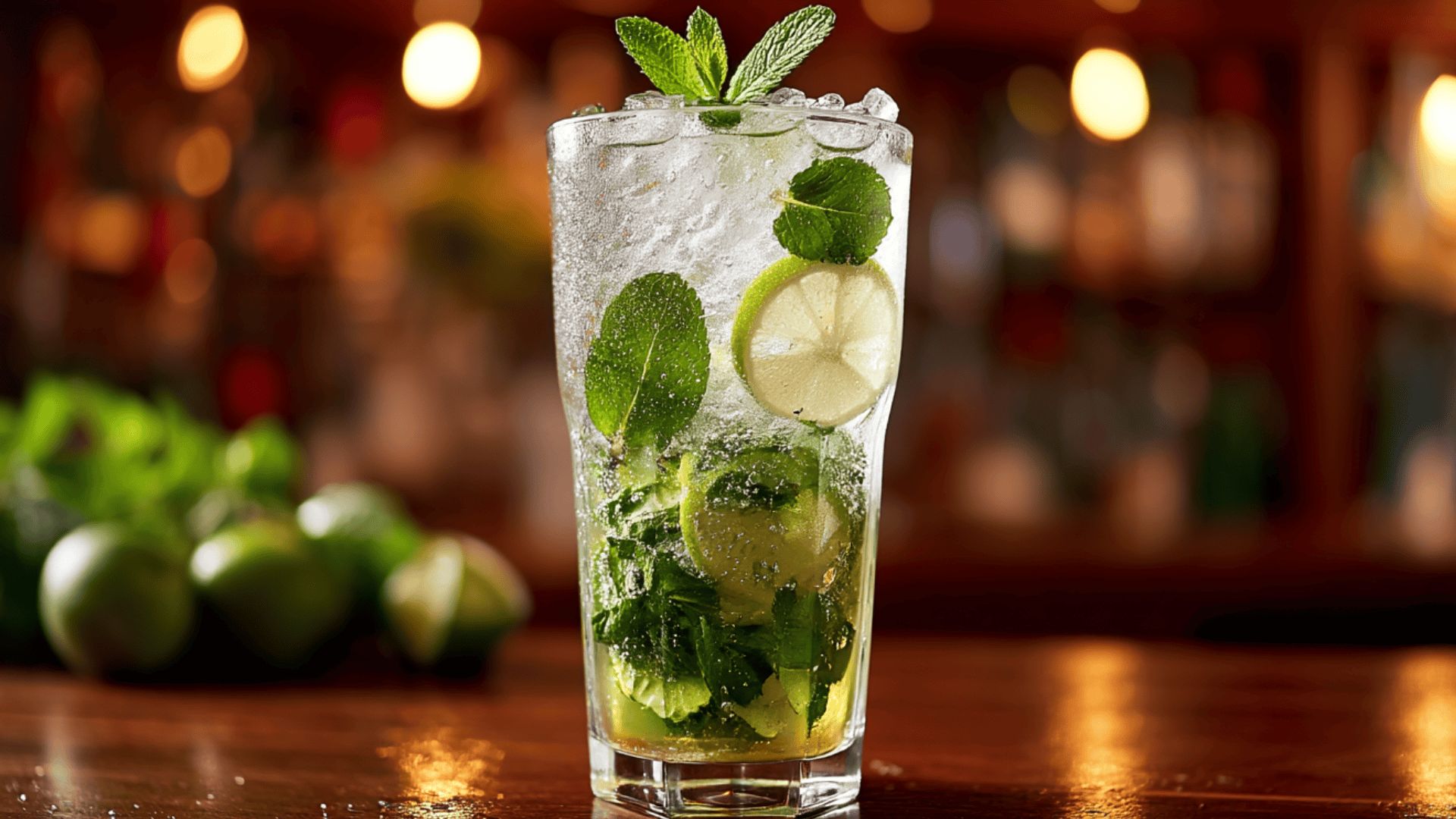
|
Feel free to swap ingredients based on what you like! Try different fruits, herbs, and syrups. The possibilities are endless.
When to Choose Mocktails
Mocktails are perfect for all kinds of situations where you want something special without alcohol.
- Inclusive gatherings where not everyone drinks alcohol benefit greatly from mocktails. Pregnant guests, designated drivers, people who don’t drink for religious or personal reasons, and underage attendees can all enjoy something more interesting.
- Health-conscious occasions make mocktails shine. When you want to avoid alcohol calories or stay clear-headed for an early morning commitment, a well-made mocktail lets you participate in social drinking rituals without compromise.
- Family events with mixed age groups work perfectly with mocktails. Kids feel included when they can have “fancy drinks” like the adults, and everyone can toast together with similar-looking beverages.
- Professional and daytime events often call for mocktails. Business lunches, afternoon celebrations, and networking events all benefit from having quality non-alcoholic options that still feel celebratory.
The mocktail world keeps evolving with interesting new trends. Artisan non-alcoholic spirits provide specific flavor profiles for people who miss certain tastes without wanting the alcohol.
The Bottom Line
Cocktails and mocktails are more alike than you might think. Both are mixed drinks that combine multiple ingredients to create something delicious and special.
The main difference is that cocktails use alcoholic spirits as a key ingredient, while mocktails achieve flavor complexity through other means.
But here’s the most important thing: mocktails aren’t just “cocktails without alcohol.” They’re their own category of drinks that deserve respect and creativity.
A well-made mocktail can be every bit as satisfying, flavorful, and beautiful as any cocktail.
Start with simple recipes, try different fruits and herbs, and see what you can create. Who knows? You might just invent the next big drink that everyone wants to try. Cheers, no alcohol required!








